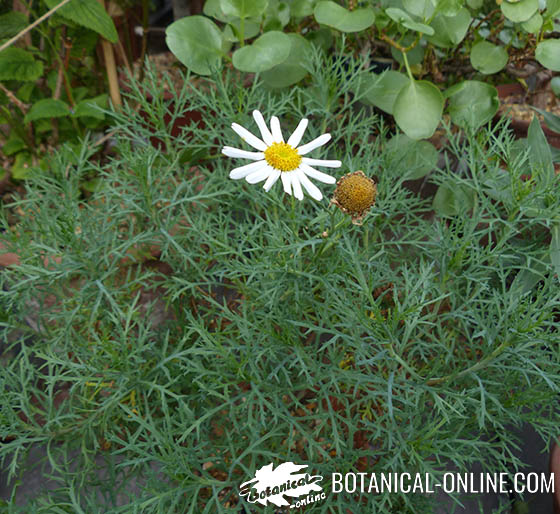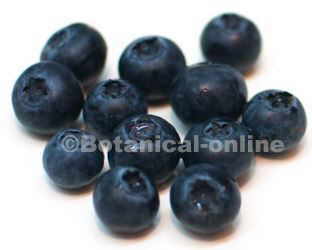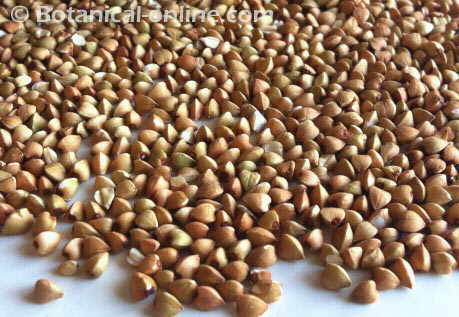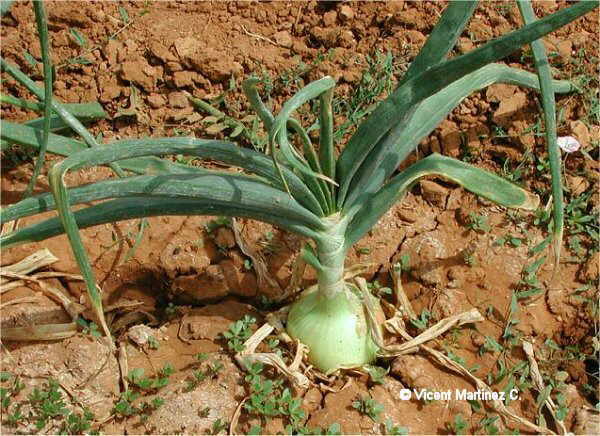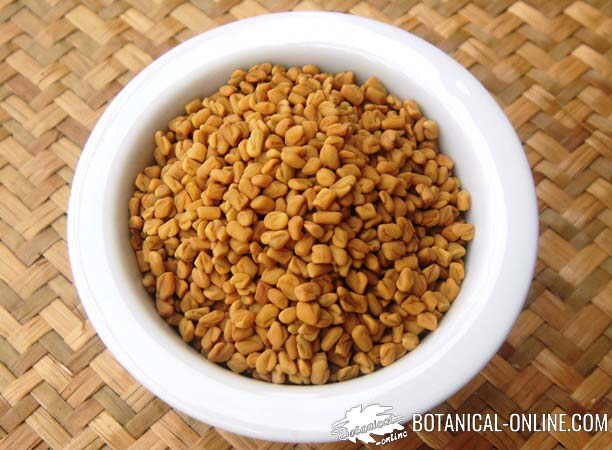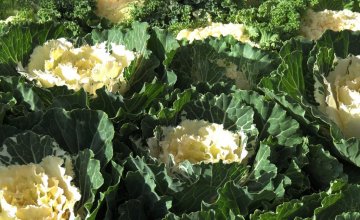Contents
- 1 Can people with diabetes take carob chocolate
- 1.1 CAROB FOR DIABETES
- 1.2 What is carob and what is it used for?
- 1.3 Can people with diabetes eat carob?
- 1.4 How much sugar has carob flour?
- 1.5 So, carob flour has a lot of sugar?
- 1.6 Properties of carob fiber
- 1.7 Carob tree as sweetener, sugar substitute
- 1.8 Carob for diabetes
- 1.9 Benefits of carob for diabetics
- 1.10 Nutritional composition per 100g per serving
- 1.11 How to consume carob for diabetics
- 1.12 Conclusion: Is carob recommended for diabetics?
Can people with diabetes take carob chocolate
CAROB FOR DIABETES
What is carob and what is it used for?
Carob trees are the fruits of a Mediterranean tree (Ceratonia siliqua L.), of the Fabaceae family. With the ground and roasted fruits carob flour is prepared.
Traditionally, carob meal was used as a remedy for childhood diarrhea, as it has known properties for intestinal well-being. In recent years, consumption has increased as a substitute for cocoa
Can people with diabetes eat carob?
Many people wonder if carob flour is suitable for diabetics, because it is very sweet and, indeed, if we see its composition, contains 45% of sugars.
However, these sugars are accompanied by a high content of soluble fiber (40%), which improves their assimilation (and also has properties to lower cholesterol and prevent constipation):
- Scientific studies have shown that carob has a low glycemic index and it is therefore suitable for diabetics
- Besides having good control of sugar, carob helps to lower cholesterol and has many healthy phytochemicals, such as micronutrients and antioxidants
- In quantities consumed, carob is an excellent food and perfectly compatible with any diet for diabetes.
How much sugar has carob flour?
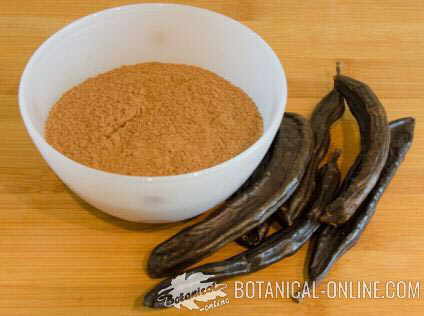 Photo of carob flour and carob beans
Photo of carob flour and carob beans
Carob meal contains 90% carbohydrates, about half of which are simple sugars, and the rest are complex carbohydrates. In homemade measures, 1 teaspoon of carob contains approximately 4 g. of sugar.
So, carob flour has a lot of sugar?
Carob contains quite a lot sugar (45-50% of its composition). This property is the main reason why carob has become a substitute for chocolate. It is also an energy food, ideal for children, athletes, and as an energy source.
But it should be mentioned that carob sugar is a natural sugar, which can not be compared to added sugar or artificial sugar. As it can be seen, carob flour contains a great deal of fiber (40g / 100g, a really high content), which greatly slows the absorption of these sugars.
Properties of carob fiber
The fiber contained in the food matrix decreases the glycemic index of this fruit, so carob is a well tolerated sweet food for diabetics. The type of fiber it contains is very fermentable, and has prebiotic effect, which indicates it to improve the intestinal flora.
When talking about natural (unrefined) foods, the whole of the food must be considered and not only evaluated by one of its components.
Carob tree as sweetener, sugar substitute
It should be mentioned that, in addition, carob has other important substances to take into account. Among them, sweeteners, such as pinitol, a substance that provides sweetness without affecting blood sugar levels.
That is, carob provides more sweetness than sugar, without raising the glycemic response (blood sugar), thus being a good choice sweetener.
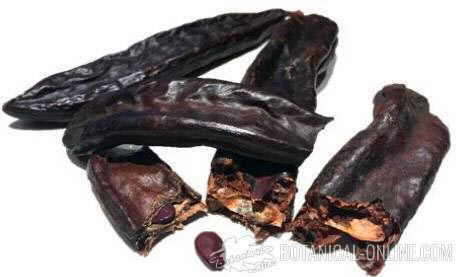 Carobs, pods and seeds of the carob tree
Carobs, pods and seeds of the carob tree
Carob for diabetes
Diabetics should not be concerned about the sugar content of carob, because scientific studies have shown that carob flour has a low glycemic index, that is to say, the sugars it contains are slowly assimilated and therefore does not produce hyperglycemia. Nor is there a risk of producing imbalances in blood.
Of course, for carob to be suitable for diabetics it should not be sweetened with syrups, fructose, or other sugar sweeteners. You could use stevia or cinnamon, although carob is already very sweet and does not need to be sweetened.
There are commercial preparations with carob containing syrups, sugars or added honey. They are not suitable for diabetics.
Benefits of carob for diabetics
Carob has properties that can be used for people with diabetes or in different diets:
- Nice sweet taste with lots of fiber
- High calcium content
- High in potassium
- Very low fat content
- Properties to lower cholesterol
- Properties to improve intestinal health
Nutritional composition per 100g per serving
Below is a table of the nutritional composition of carob flour per 100g per serving. It can be observed that it contains almost as much fiber as sugar, and that it is also very rich in calcium:
| Nutritional composition of carob flour | ||
| Nutrient | per 2 spoonfuls (20g) | per 100g |
| Calories | 44 kcal | 222 Kcal |
| Fat | 0,13 g | 0,65 g |
| Protein | 1 g | 4,62 g |
| Carbohydrates | 17,6 g | 88,88 g |
| From whom, sugar | 9,8 g | 49 g |
| Fiber | 7,96 g | 39,8 g |
| Potassium | 165,4 mg | 827 mg |
| Sodium | 7 mg | 35 mg |
| Magnesium | 10,8 mg | 54 mg |
| Calcium | 69,6 mg | 348 mg |
![]() indicates high content
indicates high content
How to consume carob for diabetics
Diabetics can add a couple of teaspoons of carob in yoghurt, toast, muesli, porridge, milk, vegetable drinks or desserts, to benefit from the properties of this Mediterranean vegetable. Two teaspoons of carob flour would be a correct serving.
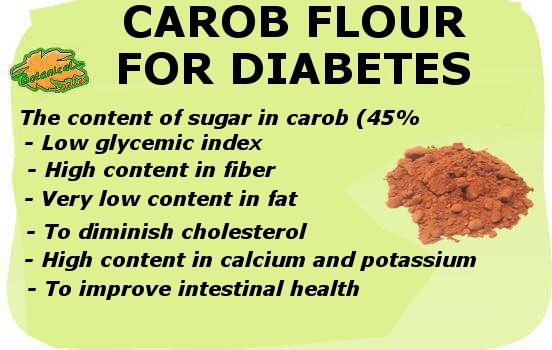
The main properties and benefits of carob flour for diabetes
Conclusion: Is carob recommended for diabetics?
The sugar content of carob is not a contraindication for diabetics. Diabetics can eat carob, as long as it is not sugary.
Therefore, it can be consumed by diabetics, though, like all foods, in moderation, and controlling the diet for diabetes not to exceed in the amount of hydrates ingested.
![]() More recipes and information on cocoa and chocolate.
More recipes and information on cocoa and chocolate.


